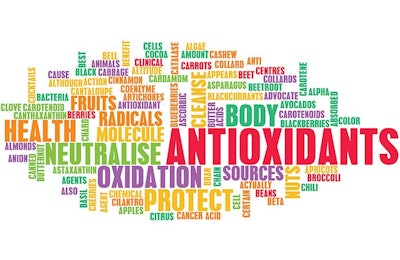
All animal feed ingredients are bound, from time to time, to become so expensive that their participation in formulas is questioned. Such was the case with simple corn, whose price quadrupled in a matter of years only to become reasonable, but never cheap, again. Today, it is the turn of vitamins A and E because of a problem in their production — there are only a very limited number of manufacturers for these (and most other) vitamins.
Read the entire report about a solution to expensive vitamins exclusively in the April issue of Feed Strategy.
Some experts believe (or rather wish) that prices will become normal again before the end of the year. More sober analysts believe prices will drop when production plants become operational again, but as the intermediate metabolites needed for the production of these vitamins are tightly controlled, it is rather unlikely prices will ever become reasonable again. So, for the foreseeable future, we must become accustomed to expensive vitamins A and E. In my opinion, that these vitamins will remain expensive is not the question. The question is rather how expensive they will be, and how fast their price will eventually stabilize.
Naturally, when such “obscure” things as vitamins become expensive, most nutritionists and other nutrition professionals opt for two strategies: do nothing, or do something. Let us examine both scenarios as each has its merits and problems.
Do nothing is a good strategy if prices spike suddenly, the ingredient in question contributes in a minor way in total feed cost and prices are expected to drop back quickly. Such is the case for the feed-grade amino acid L-tryptophan that requires a stock market analyst to follow its price and availability volatility. But we rarely touch this amino acid from a nutritional point of view, absorbing the extra (minor) cost for a (limited) time. In the case of vitamins A and E, this would also be the case if one were to expect prices to normalize again soon. I disagree that this will happen, and my recommendation remains to do something.

















